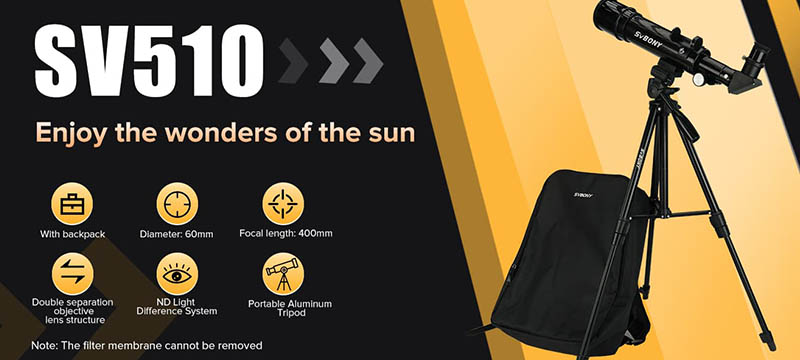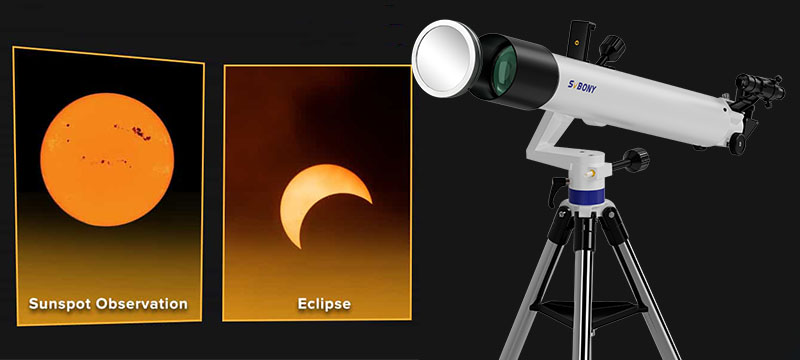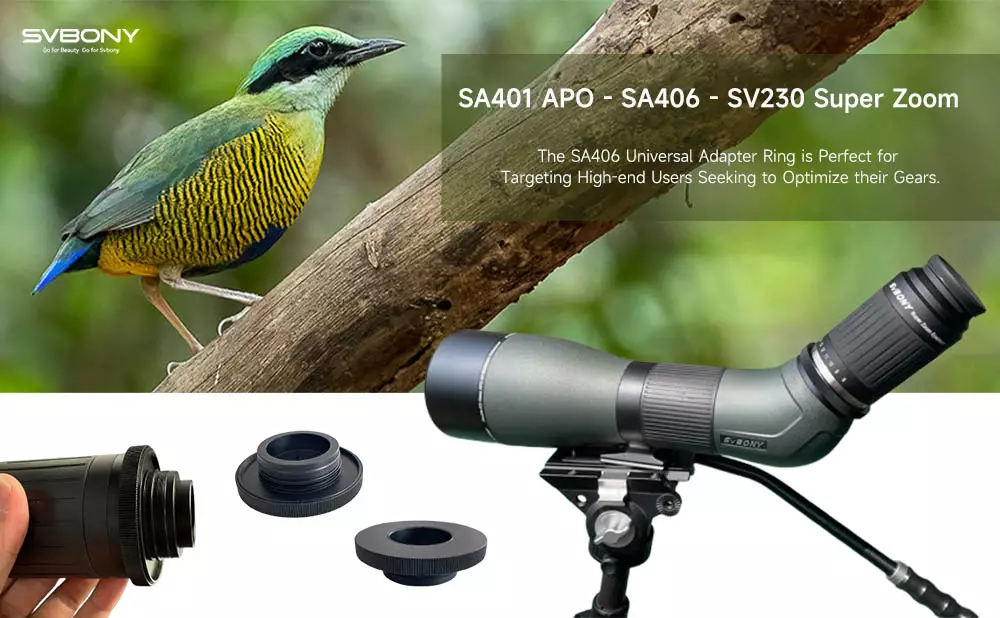Partial Solar Eclipses 2025
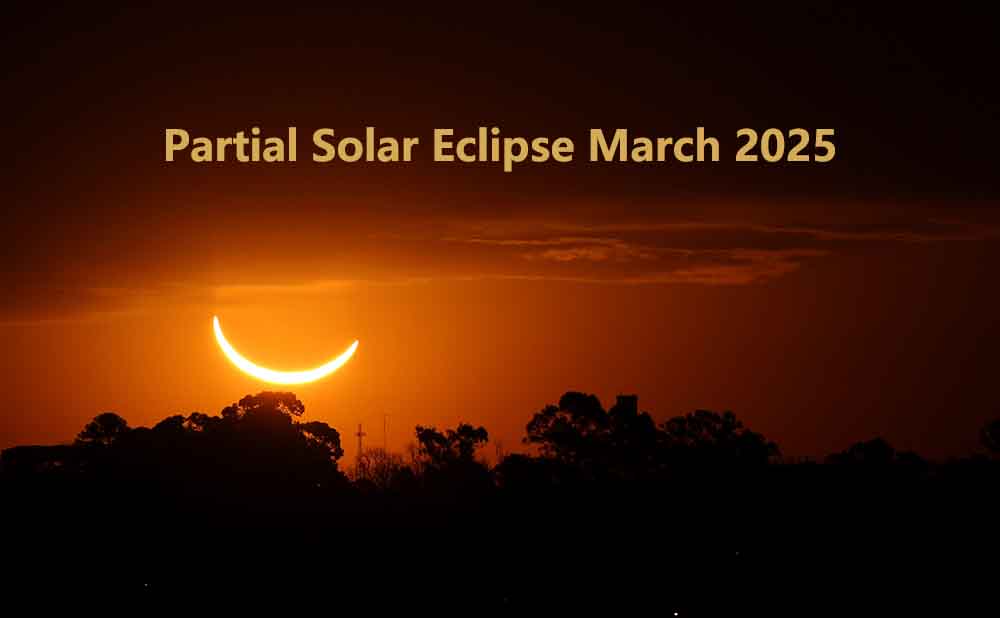
Partial Solar Eclipses 2025
What are solar eclipse and partial solar eclipse?
Solar eclipses occur when the Sun, Moon and Earth are aligned in a straight line, so that the Moon passes between earth and the Sun and blocks its light. Partial solar eclipses occur when the moon passes in front of the sun, but only blocks part of the sun.
Solar eclipses occur when the Earth moves through the Moon's shadow. The dark gray cone behind the Moon indicates the region of space where the Moon appears to completely cover the Sun's disk (the Moon's umbra). The light gray area around it shows where the Moon appears to partially cover the Sun's disk (the Moon's penumbra).
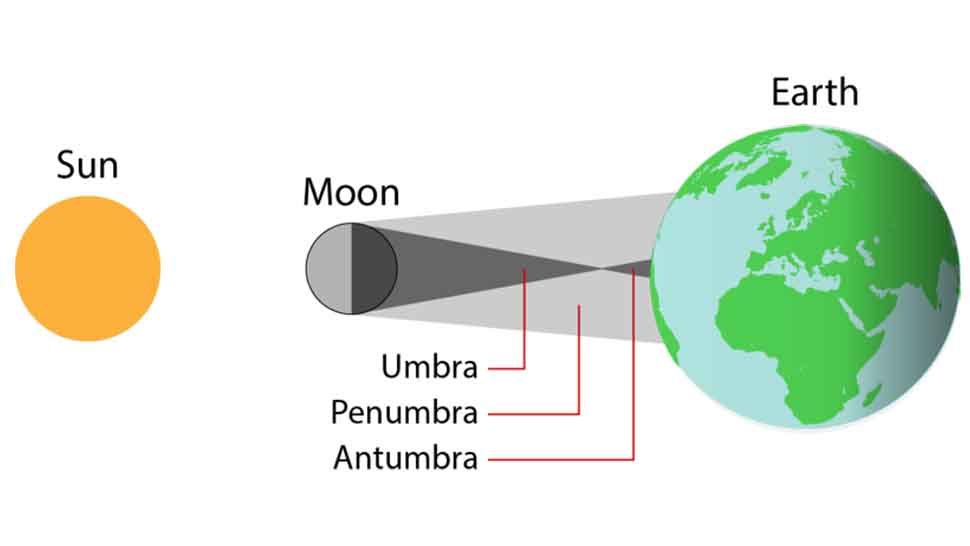
What time is the partial solar eclipse in March 2025?
On Saturday, March 29, 2025, a partial solar eclipse will occur in the Northern Hemisphere. While it won't be as dramatic as the April 8, 2024 total solar eclipse, the deep partial eclipse that is occurring as the sun rises on March 29, 2025 will be a spectacular event. It is visible from northeastern North America, Greenland, Iceland, the north Atlantic Ocean, most of Europe and northwestern Russia.
March 2025 solar eclipse path
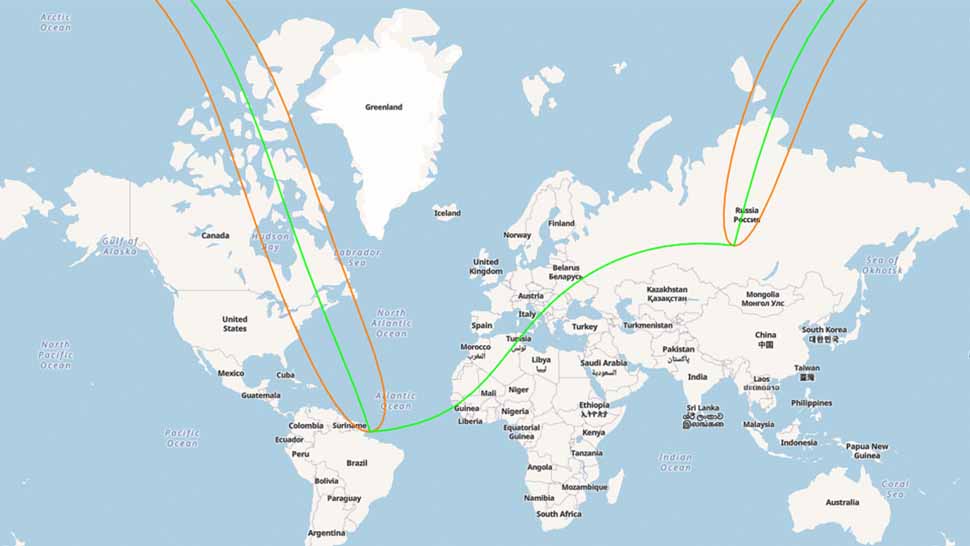
The path of the partial solar eclipse across North America on March 29, 2025, showing the line of sunrise and the very point of eclipse.
While most of Europe will see a large partial solar eclipse, people in the extreme eastern part of North America will have the best view of the eclipse, with the eclipse sun appearing on the eastern horizon at sunrise if the weather is clear.
The partial eclipse will be visible from the Canadian provinces of New Brunswick and northernmost Quebec, as well as from Maine, where the crescent-shaped sun will rise from Maine and two separate solar “horns” will momentarily appear on the eastern horizon.
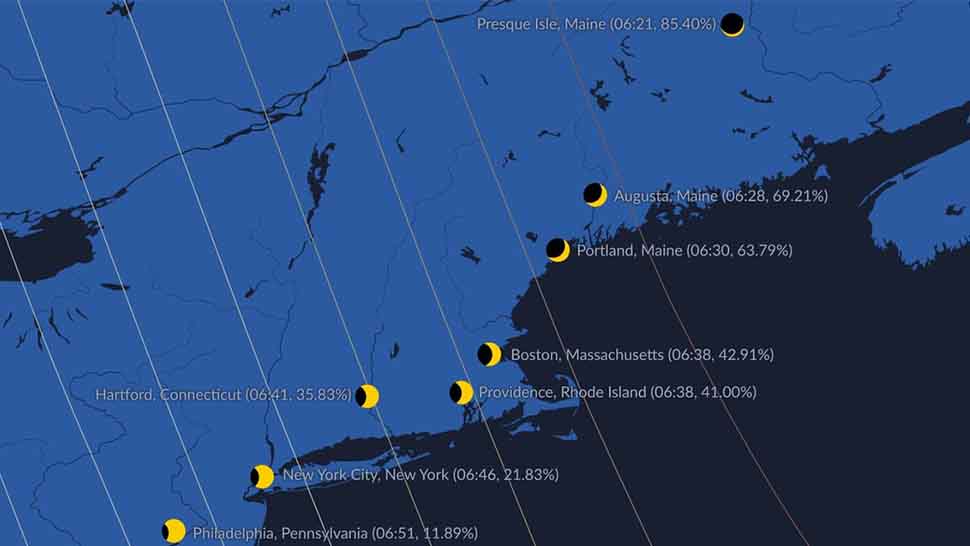
The totality begins of the major countries:
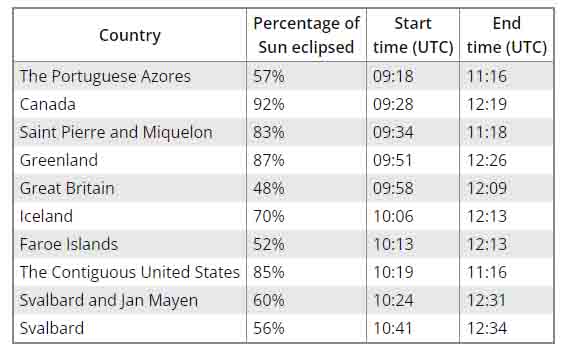
How to observe the solar eclipse safely?
A partial solar eclipse is a fascinating celestial event, but viewing it requires special precautions. Never look directly at the Sun without proper eye protection! To safely observe the eclipse, use certified eclipse glasses (ISO 12312-2) or solar filters for telescopes, sun finder scopes, and sun cameras. Without these precautions, viewing the Sun can cause serious eye damage and harm your equipment. The Sun is the brightest object in the sky, and looking directly at it can cause permanent eye damage within seconds. It is advisable to choose special sun filters such as SV229, which is applied with ISO 12312-2:2015 Standard, and can be fitted to telescopes to make them safe for solar viewing.
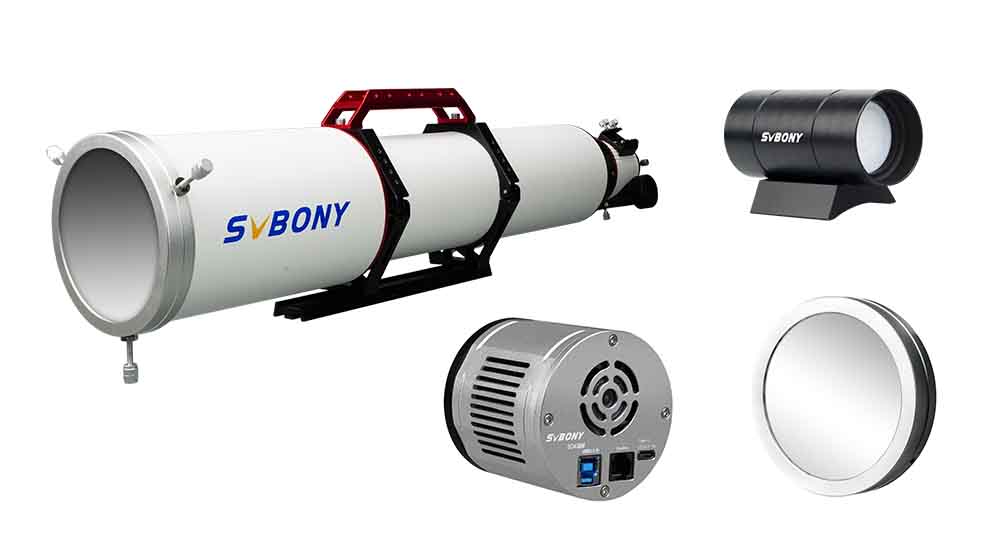
SV510 Solar Telescope 60mm f/6.6 Refractor
Designed small and lightweight for easy portability. Non-removable material solar filter conforms to ISO 12312-2:2015; Protect the observation process and enjoy worry-free sun viewing. It is suitable for daily solar observations. Along with a backpack, which is very convenient for outdoor observation.
Astronomy Telescope 90mm f/8.9 Visual Kit for Planetary Observing
Fully multi-coated optical glass lenses enhance light transmission, while the internal anti-reflection coating reduces unwanted reflections, ensuring clear imaging. 5x magnification of the finder scope offers a wide field of view for quick and easy target acquisition. The altitude-azimuth mount features a worm gear drive system, ensuring smooth and precise movement. With 360° horizontal and 90° vertical adjustment, it maximizes your ability to meet all observational needs. Compatible with a SV229 solar filter metal cap can help to protect your eye while viewing to the sun.
Conclusion
The partial solar eclipse will be visible during the morning in much of Europe and northwestern Africa, so it is easy for casual observers to witness it. The next solar eclipse after March 29, 2025, will occur on September 21, 2025. It will be another partial solar eclipse, best visible in New Zealand.
Happy observing!



